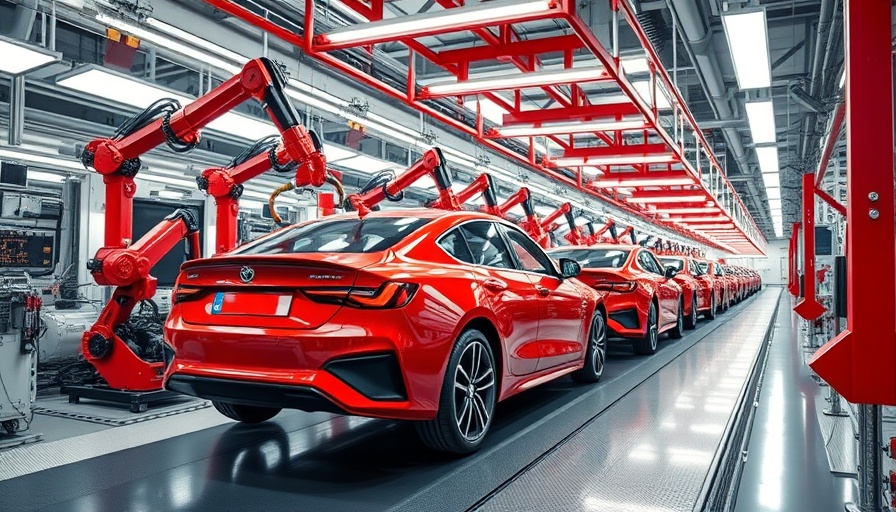
Why 2025 Will Have the Fewest New Car Models Yet
As car enthusiasts and everyday consumers gear up for the 2025 automotive season, the excitement around new car models is met with an unexpected twist: a notable decline in the number of new releases. According to the Bank of America's annual "Car Wars" report, the automotive industry anticipates launching only 159 new models over the next four years, a stark decrease from the 200 car models available last year. With only 29 of these slated for release this year, we are entering uncharted territory in vehicle availability.
The Electric Vehicle Conundrum
The significant drop in new car models, particularly in the electric vehicle (EV) sector, sparks concern and curiosity. Industry expert, John Murphy, cites slowing EV adoption rates, tariffs, and regulatory hurdles as key factors driving this trend. The state of California's recent legislation mandating that all new light-duty vehicles must be Zero Emission Vehicles (ZEVs) by 2035 illustrates the pressures facing automakers. As they navigate these changing regulations, many companies are reverting to their traditional vehicle strengths, creating a ripple effect in model variety.
Industry Response: Navigating Political and Economic Waters
The potential legal battle surrounding California's ZEV mandate adds another layer of uncertainty. The Trump administration has taken a stand against this legislation, putting the future of EV models in jeopardy. This reflects a broader trend where automakers are hesitant to invest in new technologies until the political landscape stabilizes. With concerns about material costs and production logistics looming, the industry's pivot back to established fuel types seems like a strategic retreat.
Trends to Watch in the Automotive Industry
Despite the uncertainty, this shift presents a unique opportunity for manufacturers to refine their offerings. The prevailing sentiment among dealers is to tap into lost service revenue through improved connectivity solutions. As the automotive landscape shifts, focusing on customer relationships and long-term service might become increasingly pivotal.
What's Next? A Future in Flux
Looking ahead, it's vital for consumers to keep a close eye on how these developments shape the automotive market. Expect changes in both production strategies and consumer preferences as the industry adapts to regulatory shifts and economic pressures. The lack of new models in 2025 could lead to a more significant conversation about sustainability and how vehicles fit into our lives long-term.
Conclusion
As we anticipate 2025, it’s clear the automotive market is at a crossroads, balancing innovation with regulatory compliance. While fewer new car models may be disappointing for some, it’s an essential moment for reflection on what we value in our vehicles. Make sure to stay informed about these evolving trends, as they could shape your next car purchase!
 Add Row
Add Row  Add Element
Add Element 


 Add Row
Add Row  Add
Add 

Write A Comment